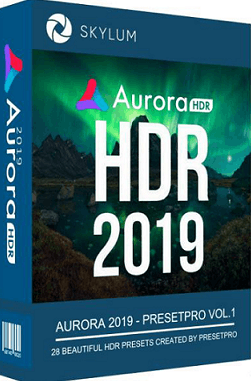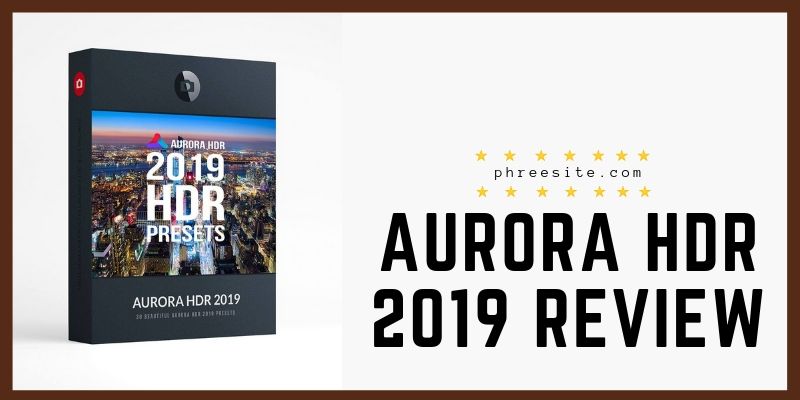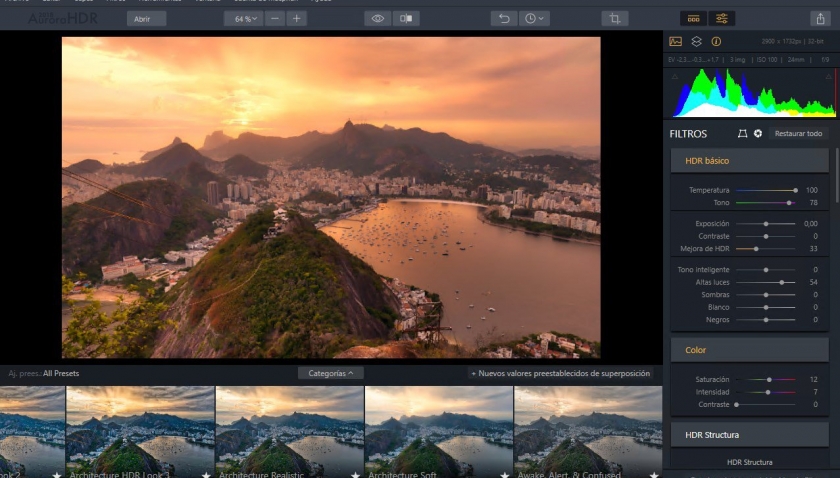

If you qualify for an upgrade, you will see the upgrade pricing. Get all the details and purchase Aurora HDR 2019 here. But if you just bought the 2018 version and you are comfortable using layers to achieve the results you want, then you can probably get by with what you have for awhile longer. Also, if you are not comfortable using layers, the 2019 version will be easier for you. If you are doing a lot of HDR, your workflow will be much faster with the 2019 version. However, I feel those results are possible to achieve in the 2018 version of the software – you just have to work a little harder for it. You can now get better results easier and quicker. The 2019 version of Aurora definitely has some great improvements. This is an easy way to get a dramatic look and feel to your images.

You can now add colour profiles to your images in a similar way as Lightroom.

Before now, you had to use layers to create this effect in just part of the frame. That means that you can easily adjust the highlights and shadows in just the sky or just the foreground. Adjustable Gradientįormerly called Top & Bottom Tuning, this panel now includes highlights and shadows sliders. No one wants structure in the smooth areas of the sky! This feature now makes it easier to get this effect where you want it without the need for using layers to achieve the result. It is smart! This slider now analyses your image and only applies structure to the more detailed parts of the scene. So right off the bat when your brackets come in to Aurora you are starting off with a better image before you even touch any of the sliders.
The new Quantum HDR Engine is combining brackets in a much more intelligent way resulting in images that have fewer burnt out colours, fewer halos and less noise. Here’s what’s new in the latest release: 1. Click here to watch the video larger on YouTube.


 0 kommentar(er)
0 kommentar(er)
